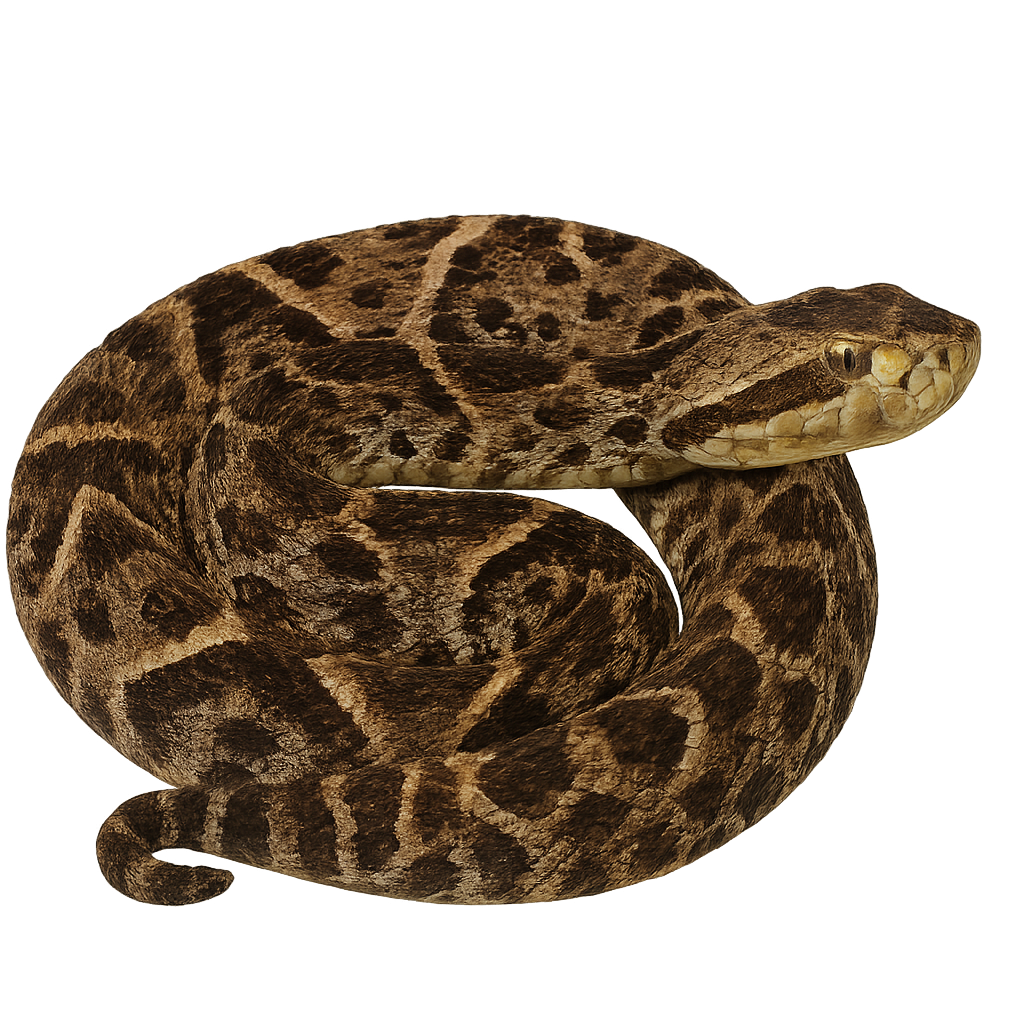Your wildlife photography guide.
Explore the fer-de-lance in detail, study its behavior, prepare your shots.
Where to observe and photograph the fer-de-lance in the wild
Learn where and when to spot the fer-de-lance in the wild, how to identify the species based on distinctive features, and what natural environments it inhabits. The WildlifePhotographer app offers tailored photography tips that reflect the fer-de-lance’s behavior, helping you capture better wildlife images. Explore the full species profile for key information including description, habitat, active periods, and approach techniques.
Fer-de-lance
Scientific name: Bothrops asper

IUCN Status: Least Concern
Family: Reptiles
Group: Reptilien
Sensitivity to human approach: Shy
Minimum approach distance: 5 m
Reproductive period: March to May
Duration: 6-7 mois
Births: March to May
Habitat:
Humid and dry tropical forests, woodlands, and grasslands of Central and South America, mainly from Mexico to Panama, Colombia, and Costa Rica
Activity period :
Mainly active at night, generally discreet during the day.
Identification and description:
The Barba amarilla is a venomous viper found primarily in the rainforests of Central and South America. It is a medium to large snake, typically measuring between 1.5 and 2.5 meters in length, although some individuals can reach up to 3 meters. Its body is robust, and its color ranges from brown, gray, to olive, with diamond-shaped patterns along its back, which helps it blend into its environment. Its head is triangular and distinct from the body, with characteristic scales that give it a "spearhead" appearance. This snake is primarily terrestrial and often hides under leaves or in underbrush to hunt or rest. The Barba amarilla is an opportunistic predator, feeding mainly on small mammals, birds, and frogs. Its venom is extremely potent and can cause severe injury or death if antivenom is not administered quickly. It usually strikes by surprise, launching itself at its prey or an intruder. While it is an important predator in its ecosystem, it faces threats related to deforestation and habitat loss.
Recommended lens:
100 mm – adjust based on distance, desired framing (portrait or habitat), and approach conditions.
Photography tips:
Use a telephoto lens to photograph the fer-de-lance from a safe distance, especially when it is resting or moving slowly across forest floors or leaf litter.
Opt for soft morning or evening light to capture the textured details of its robust body, distinctive scales, and camouflage pattern blending into the undergrowth.
Exercise extreme caution: the fer-de-lance is a venomous snake, known for being both elusive and capable of delivering a defensive strike if threatened. Never attempt to get too close.
Always respect its space and observe without interfering with its natural behavior. Avoid sudden movements and maintain a safe distance to protect both yourself and the animal.
The Fer-de-lance (Bothrops asper or Bothrops atrox depending on the region) plays a vital role in forest ecosystems. Though feared, it deserves respectful observation and zero disturbance, in line with responsible wildlife photography ethics.
The WildlifePhotographer App is coming soon!
Be the first to explore the best nature spots, track rutting seasons, log your observations, and observe more wildlife.
Already 1 439 wildlife lovers subscribed worldwide

